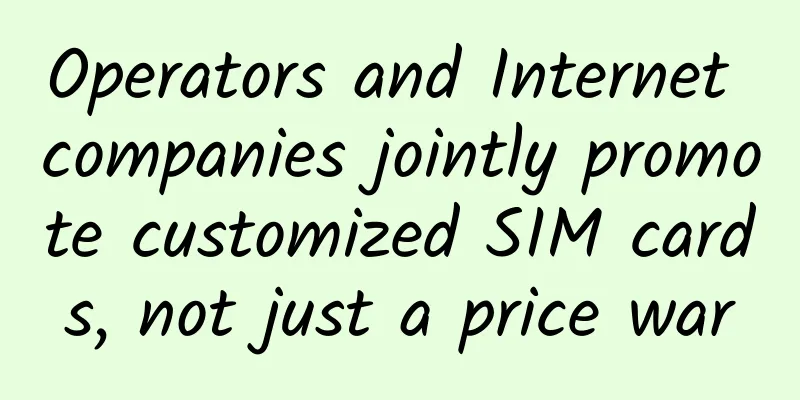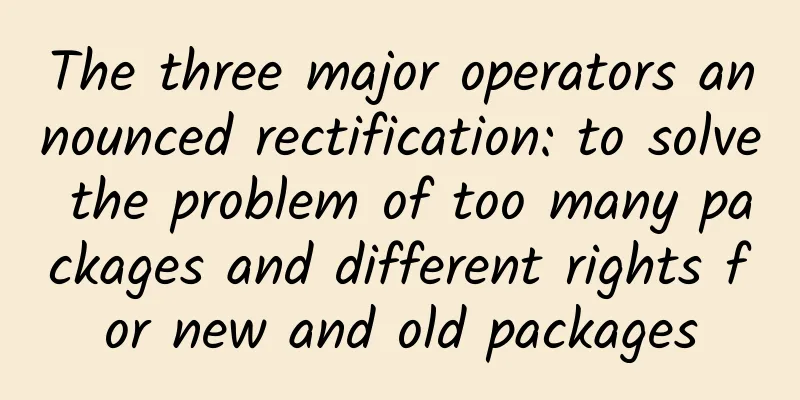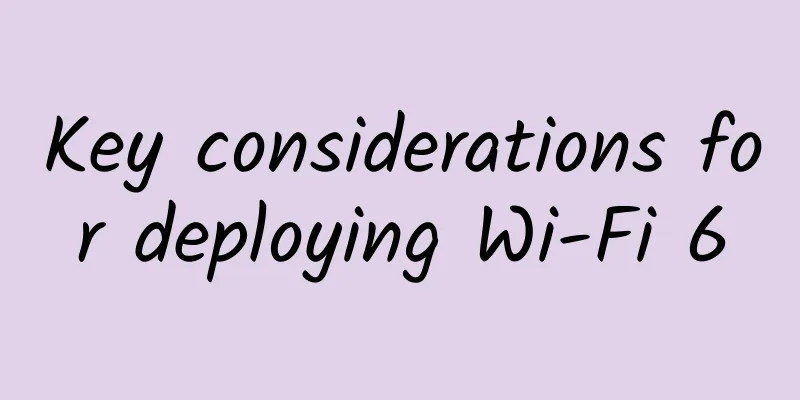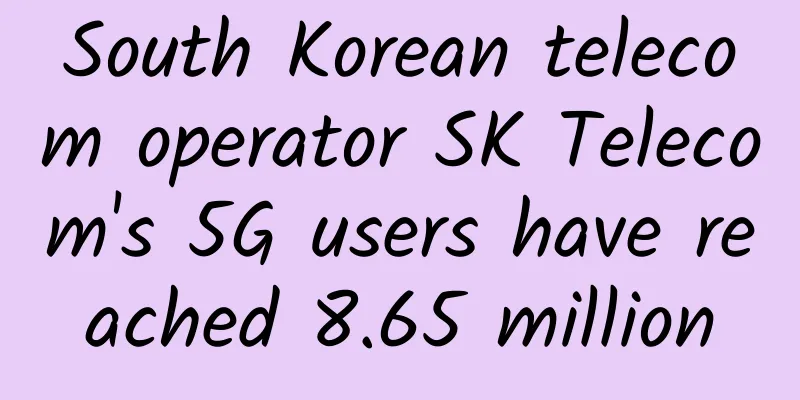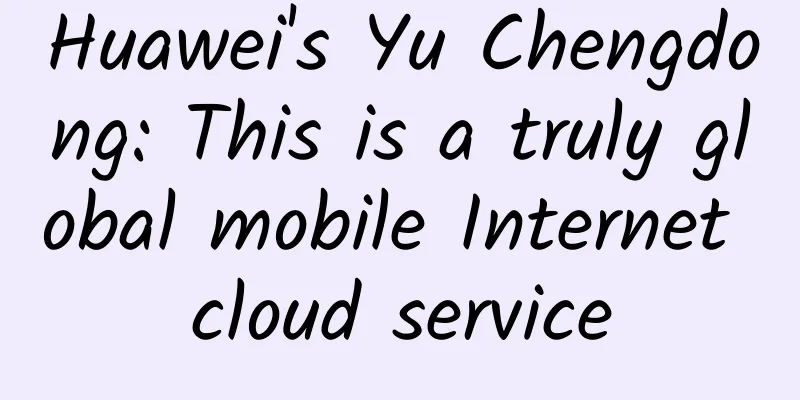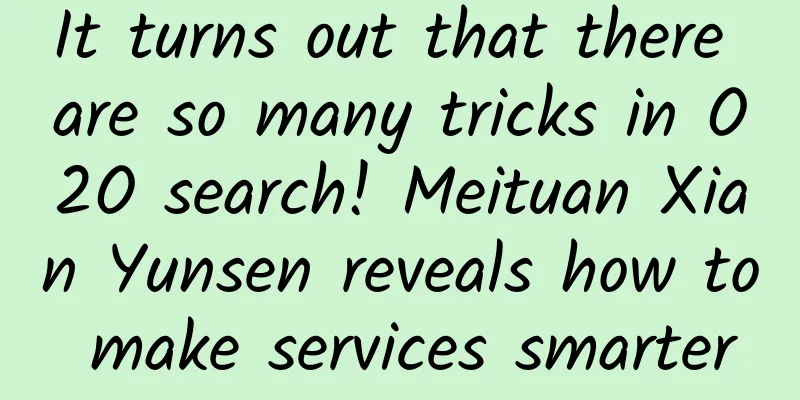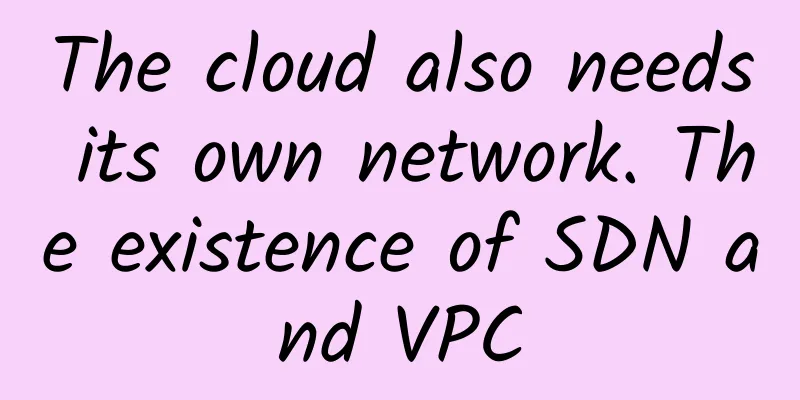Inventory: 11 foreign SASE vendors
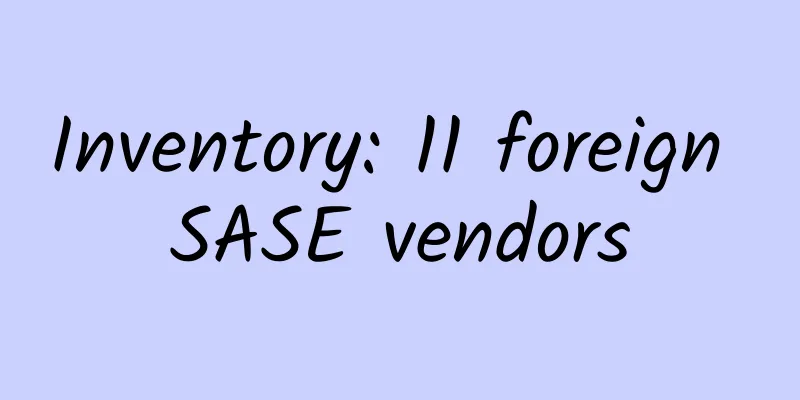
|
SASE (Secure Access Service Edge) is a networking technology that combines WAN functions with network security functions such as SWG, CASB, FWaaS and ZTNA. It can help IT teams optimize access performance, reduce operational complexity, and enhance security posture globally.
Secure Service Access Edge (SASE)The SASE cloud architecture provides a single network connection and protects all enterprise resources, including physical resources, cloud resources, and mobile resources. An ideal SASE solution should be identity-driven, cloud-native, and support all edges and global distribution. Netskope's research shows that by 2024, at least 40% of enterprises are expected to have a clear strategy for using SASE. SASE solutions will help small to large enterprises deal with security incidents such as networks, account anomalies, malware, system anomalies, policy violations, social engineering, etc., as shown in the figure below. According to MarketWatch, the global SASE market is expected to reach US$396.4 million by 2026. In order to take advantage of the SASE platform, a cloud-native and cloud-based architecture is required. This architecture should support all edges and have PoP points distributed globally. A SASE platform with key geographic coverage can enable users to achieve high efficiency in competition and meet low latency requirements. Platforms with proxy-based capabilities can facilitate policy-based access, and some pre-built features can provide network functions such as QoS. A few things to consider when choosing a SASE vendor: 1) The solution provided by SASE vendors should be a service that integrates network and security. The solution should be a cloud-native platform with enterprise-grade network functions (such as SD-WAN and WAN acceleration) and security services (such as FWaaS, IPS, SWG, etc.). 2) To maximize the platform benefits, the platform should be cloud-native. 3) An ideal SASE solution should have a private backbone network supported by a global SLA. 4) ZTNA is another basic requirement of SASE and a must-have feature. It can help enterprises configure access channels for applications based on cloud and mobile users, local users and resources. 5) A simple, intuitive and stable management platform will reduce the complexity of use. Why SASE platforms require cloud-native architectureSASE platforms fuse network and security functions with the appropriate software architecture, rather than just combining network and security features through integration tools. SASE vendors with cloud-native architectures will provide the greatest flexibility, lowest latency, and meet resource requirements. The following diagram shows the components of a SASE platform: Best SASE Companies Compared: Let’s review all of the SASE vendors listed below. 1. Cato SASECato SASE Cloud is a globally converged cloud-native service. It connects all branches, clouds, people, and data centers. It supports gradual deployment to replace or expand previous network services and security point solutions. It provides end-to-end routing optimization for WAN and cloud traffic. Function:
The Cato management application has the ability to control the entire service. The tool helps with complete network and security policy configuration and provides detailed analysis of security events and network traffic. Summarize: Cato SASE has a self-healing architecture, so it can provide maximum service uptime. It has a global private backbone network of more than 65 PoP points, connected through multiple SLA-backed network providers. website: https://www.catonetworks.com/sase/?utm_source=software_testing&utm_medium=banner&utm_campaign=top_sase_vendors 2. TwingateBest suited for configuring and managing enterprise-wide access controls. Twingate is a secure remote access platform for distributed workers. Traditional, network-centric VPN approaches are old and difficult to maintain, which leaves room for security breaches. VPN solutions have issues such as public gateway exposure, lateral attack vulnerabilities, and maintenance difficulties. Twingate provides a solution that makes the network invisible to the Internet, thereby reducing exposure to attacks. This platform has the characteristics of management availability, client availability, no public gateway, support for all applications, fast and easy deployment. Function:
Summarize: Twingate is a secure, efficient, zero-trust alternative to enterprise VPNs. It is more secure and maintainable than any VPN, and is a scalable platform with minimal maintenance requirements. website: https://www.twingate.com/ 3. NetskopeBest suited to deliver a secure platform that is data-centric, cloud-smart, and fast. Netskope SASE is a unified solution for network and security businesses. It follows a data-centric approach so data and users are protected everywhere. Netskope provides effective security controls for the secure use of cloud and network. It provides advanced analytics, private access, NextGen SWG, CASB, and public cloud security. Function:
Summarize: Netskope has solutions for cloud-native ZTNA, advanced analytics, next-generation SWG, CASB, and public cloud security. website: https://www.netskope.com/what-is-sase 4. ZscalerProvide the best security services. Zscaler provides a SASE platform for cloud and mobile. Zscaler Internet Access protects users from threats and data breaches. Zscaler Private Access allows authorized access to applications and data for protection. Zscaler business-to-business has the ability to protect access to B2B applications. To provide optimal bandwidth and low latency, Zscaler delivers security and policy solutions from more than one hundred and fifty locations. Function:
Summarize: Zscaler's automated cloud-delivered service is easy to deploy and manage, and is a scalable platform. website: https://www.zscaler.com/products/secure-access-service-edge 5. Barracuda NetworksBest solutions for security, application delivery, and data protection. Barracuda CloudGen Access is a cloud-native platform that provides enterprises with secure access to SaaS applications, internal applications, and devices. It is a device-agnostic solution. It provides device security through an agent without access to the device. Most of the computation, logic, and protection are performed on the device. Function:
in conclusion: The Barracuda SASE solution will provide seamless, consistent, secure network access that is easy to deploy and manage, with the ability to protect critical data and applications. website: https://www.barracuda.com/ 6. VMwareBest suited for reliable application delivery to mobile clients. VMware provides a cloud-native SASE architecture that combines and delivers multiple solutions such as SD-WAN gateways, VMware secure access, ZTNA solutions, SWG, CASB, and VMware NSX firewalls through PoP points. Function:
Summarize: VMware provides network and security services for branch edge, IoT devices, campus and mobile users. Use this solution to gain the agility and operational simplicity to build and scale a new global WAN. website: https://www.vmware.com/content/microsites/sase/home.html 7. Perimeter 81Best suited for simple transition to cloud environments and comprehensive visibility. The Perimeter 81 SASE platform is a unified network security service solution that integrates network and security functions. It provides solutions for zero-trust application access, zero-trust network access, software-defined perimeters, and business virtual private network solutions. It is suitable for both small and medium-sized enterprises. It can be used in various scenarios such as unified cloud management, zero-trust NaaS, firewall as a service, cloud sandbox, DNS security, SaaS security, endpoint security, endpoint compliance, etc. Function:
Summarize: Perimeter 81 has basic features for securing and managing networks, advanced features for all businesses, and security features for enterprises. The cloud management platform features dedicated global gateways, fast and easy network deployment, policy-based segmentation, and more. website: https://www.perimeter81.com/ 8. FortinetBest suited for consistent protection of dynamic and distributed networks. Fortinet SASE solution provides cloud-delivered security for distributed networks. It combines multiple features such as ZTNA, SWG, cloud-delivered NGFW, etc. It will provide consistent protection at all network edges. It has enterprise-grade security features. FortiSASE includes various tools and features such as DLP, SWG, ZTNA, VPN, Sandboxing, IPS, DNS, etc. Function:
Summarize: Fortinet offers a fully integrated set of SASE solutions with extensive security-driven networking capabilities, intuitive deployment, and management. website: https://www.fortinet.com/products/sase 9. PaloAlto NetworkComplete, best-in-class security. PaloAlto Prisma Access has complete cloud-delivered security. It provides best-in-class security features to protect all applications. It includes FWaaS, SWG, ADEM, ZTNA, CASB, and IoT solutions. Function:
Summarize: Plato Alto Prisma Access is a single cloud-delivered platform that protects access to all applications and against all threats. website: https://www.paloaltonetworks.com/resources/sase 10. Akamai Enterprise Application AccessBest suited for providing secure remote access to applications. Akamai Enterprise Application Access is a cloud architecture that closes inbound firewall ports and ensures only authorized users and devices can access internal applications. It enables these applications to remain hidden from the Internet and public networks. It is suitable for various application scenarios, such as secure access to cloud applications, remote and third-party applications, accelerating mergers and acquisitions, replacing traditional virtual private networks, etc. Function:
Summarize: Akamai provides a user- or application-centric model to provide secure access capabilities. It is built on the Akamai intelligent edge platform, so it can provide extremely high scalability. At the same time, Akamai also reduces technical complexity. website: https://www.akamai.com/us/en/products/security/enterprise-application-access.jsp 11. CiscoSecure access from any address. Cisco provides a cloud-native SASE solution with leading network and security capabilities on a single platform. It can use the existing equipment base and simplify the transformation process, making it a simple and flexible solution. Function:
Summarize: Cisco's SASE combines SD-WAN and VPN capabilities with security features such as secure gateways and firewalls. website: https://www.cisco.com/c/en/us/products/security/sase.html in conclusionMost of the network and security solutions available in the market are not suitable for cloud-centric, mobile-first digital enterprises. SASE vendors merge network and security functions into a cloud-native solution. This reduces costs and increases simplicity and flexibility. SASE solutions can help companies quickly develop and deliver new products and shorten the time required to respond to changes in demand. Hopefully, this detailed SASE vendor review, comparison, and summary article can give you a preliminary understanding of the market. |
<<: Teach you to understand the communication protocol in three minutes
>>: Interviewer: Can you tell me about the release process of WeChat Mini Programs?
Recommend
Wesbytes: Malaysia VPS 20% off, starting from $7.99/month, 1GB/20G SSD/100M unlimited traffic
Wesbytes is a foreign hosting company founded in ...
Failure to modernize data center infrastructure increases costs and risk of downtime
Today's data centers are more dynamic than ev...
Intelligent mining is an inevitable trend, and 5G commercialization has achieved remarkable results
At present, despite the rapid rise of new energy ...
NFV is stumbling forward and entering the second half
The first half of NFV was a bumpy road, and it wa...
IoT and 5G: Transforming Public Transportation Systems
Smart cities collect data from different connecte...
High-performance IO model: Reactor vs Proactor, how does it work?
We all know that a lot of ideas in the field of s...
5 Essential Predictions for Blockchain Trends in 2018
The potential for blockchain technology to bring ...
4 cases, a whole article of valuable information! Make your edge computing not "edge"
Edge computing means different things to differen...
[11.11]edgeNAT: 30% off monthly VPS and 40% off annual VPS, top up 500 yuan and get 100 yuan
edgeNAT has released a promotion during the Doubl...
Let's talk about network programming
Introduction 【1】Network programming: Computers di...
How powerful is 5G? Talking about the development and evolution of the new generation of communication technology
Although 5G communication technology has always b...
"New infrastructure" is a super hot spot, with direct investment exceeding 10 trillion yuan and driving investment exceeding 17 trillion yuan
At the press conference of the National Developme...
How to address network automation risks and tasks
Many network engineers and network administrators...
Wholesaleinternet: $25/month-E3-1230v2/32GB/480G SSD/1Gbps unlimited traffic/Kansas data center
In addition to the cheap dedicated servers that w...
Talk about TCP long connection and heartbeat
[[254870]] 1 Introduction Many Java programmers m...
